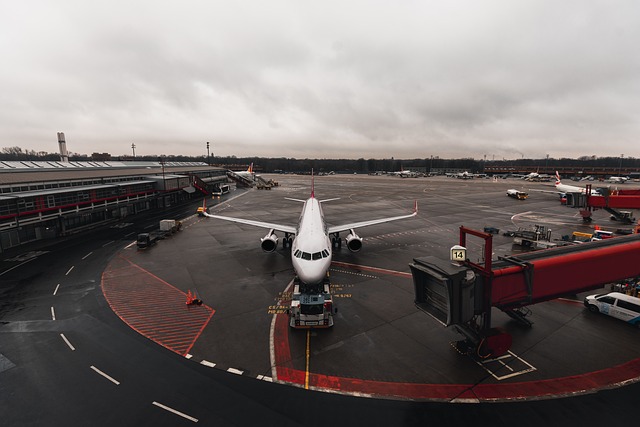In a world that constantly evolves, the intersection of robotics, artificial intelligence, and business innovations is paving the way for a truly transformative future. One of the most exciting developments in this arena is the rise of smart terminals, which are redefining how businesses engage with their customers and streamline operations.
Imagine walking into a retail store, greeted not by a human employee but by a smart terminal that not only recognizes you but also understands your preferences based on past interactions. This is not just a concept from a sci-fi movie; it’s becoming a reality, thanks to advancements in robotics and AI. Smart terminals are equipped with sophisticated algorithms that analyze customer data in real time, allowing for personalized shopping experiences that enhance customer satisfaction and drive sales.
The power of smart terminals lies in their ability to automate mundane tasks and provide seamless service. In restaurants, for example, these terminals can take orders, process payments, and even suggest meals based on dietary preferences and past orders. By integrating AI, businesses can gather valuable insights into customer behaviors, which can be used to fine-tune marketing strategies or improve product offerings.
Moreover, the use of robotics in conjunction with smart terminals has the potential to revolutionize supply chains and logistics management. Robots equipped with AI can optimize inventory levels, predict stock shortages, and facilitate real-time tracking. This level of automation not only minimizes human error but also significantly reduces operational costs, ultimately benefiting both businesses and customers.
We are on the brink of a paradigm shift in how we think about interaction and customer engagement. Traditional methods are being challenged by these intelligent systems that enhance efficiency and foster deeper connections between brands and consumers. As smart terminals continue to advance, we can anticipate an era where technology will predict our needs before we even articulate them.
As businesses embrace this new wave of innovation, it’s crucial to recognize the potential impact on the workforce. While smart terminals and automation can handle repetitive and routine tasks, they also create opportunities for employees to focus on more complex problem-solving aspects of their jobs. The key will be in finding a balance, where humans and machines collaborate to create an enriched environment for both employees and customers alike.
The future of interaction is undeniably bright, with smart terminals leading the charge in redefining how we conduct business. Their integration of robotics and AI will not only enhance operational efficiency but also foster a unique relationship between companies and consumers, ultimately shaping a more connected and intelligent world.



